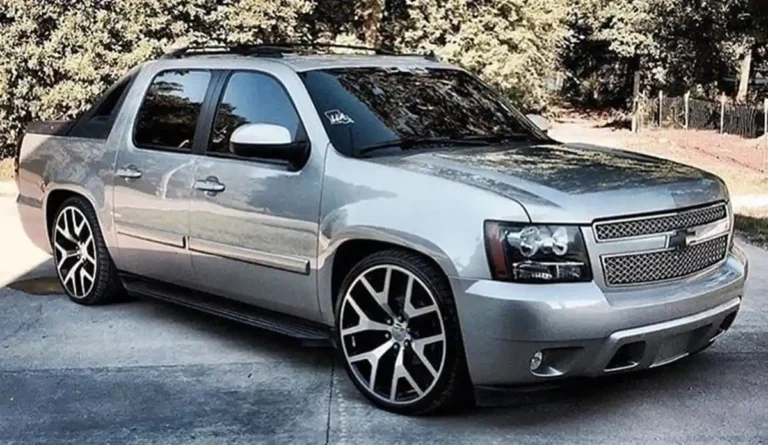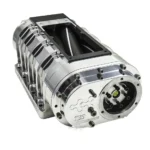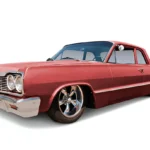Lowered Chevy Avalanche: The Ultimate Guide
Lowered Chevy Avalanche is a popular modification among truck enthusiasts, offering both aesthetic and performance benefits. Whether you’re aiming for a sleek, aggressive look or improved handling, a lowered Chevy Avalanche can transform your driving experience. In this guide, we’ll explore everything you need to know about lowering a Chevy Avalanche.
What is Lowering and Why Do It?
Lowering a vehicle involves reducing the distance between the chassis and the ground. This can be done using various suspension modifications. For a Chevy Avalanche, lowering can provide a more aggressive stance, improved aerodynamics, and better handling characteristics.
Reasons for Lowering a Vehicle:
- Aesthetics: A lowered stance can make your Avalanche look more aggressive and stylish.
- Performance: Lowering the vehicle can improve handling by reducing body roll and enhancing stability.
- Aerodynamics: A lower ride height can improve aerodynamics, potentially increasing fuel efficiency.
Components Needed for a Lowered Chevy Avalanche
To lower your Chevy Avalanche, you’ll need specific parts and tools:
- Lowering Springs or Coilovers: These replace the factory springs to lower the ride height.
- Drop Spindles: These allow the front wheels to be lowered without affecting the suspension geometry.
- Air Suspension Kits: Provide adjustable ride height for versatility.
- Shock Absorbers: Performance shocks help maintain ride quality and handling.
Types of Lowering Kits for Chevy Avalanche
Coilovers: Adjustable coilovers offer flexibility in ride height and performance tuning.
Lowering Springs: A more affordable option that provides a fixed drop in ride height.
Drop Spindles: Maintain suspension geometry while lowering the vehicle.
Air Suspension: Allows for on-the-fly adjustments to ride height, offering the best of both worlds.
Step-by-Step Guide to Lowering a Chevy Avalanche
Preparation and Safety Precautions: Ensure you have a clean, well-lit workspace and all necessary tools. Use jack stands to secure the vehicle.
- Remove the Wheels: Safely lift the vehicle and remove all four wheels.
- Install Lowering Springs or Coilovers: Replace the factory springs or coilovers, following manufacturer instructions.
- Install Drop Spindles: If using drop spindles, install them according to the instructions.
- Adjust Air Suspension: If using air suspension, follow the installation guide and set the desired ride height.
- Reinstall the Wheels: Carefully reinstall the wheels and lower the vehicle.
Alignment and Suspension Adjustments Post-Lowering
After lowering your Chevy Avalanche, it’s crucial to realign the wheels to ensure proper handling and tire wear. Visit a professional for alignment services to achieve optimal results.
Benefits of a Lowered Chevy Avalanche
Improved Aesthetics: A lowered Chevy Avalanche stands out with a more aggressive and stylish appearance.
Enhanced Handling and Performance: Lowering improves the center of gravity, reducing body roll and enhancing stability during cornering.
Challenges and Solutions in Lowering a Chevy Avalanche
Fitment Issues: Ensure all parts are compatible with your specific model year to avoid fitment problems.
Ride Quality: Lowering can sometimes result in a stiffer ride. Opt for quality components to maintain ride comfort.
Clearance: Be mindful of ground clearance, especially when driving over speed bumps or uneven terrain.
Cost Considerations and Budgeting for Your Lowering Project
Breakdown of Potential Costs:
- Lowering Springs/Coilovers: $200-$1,000
- Drop Spindles: $200-$500
- Air Suspension Kits: $1,000-$3,000
- Professional Installation: $200-$600
Tips for Cost-Effective Sourcing: Look for deals on reputable online marketplaces, join car enthusiast forums, and consider buying used parts in good condition.
Real-Life Examples and Case Studies
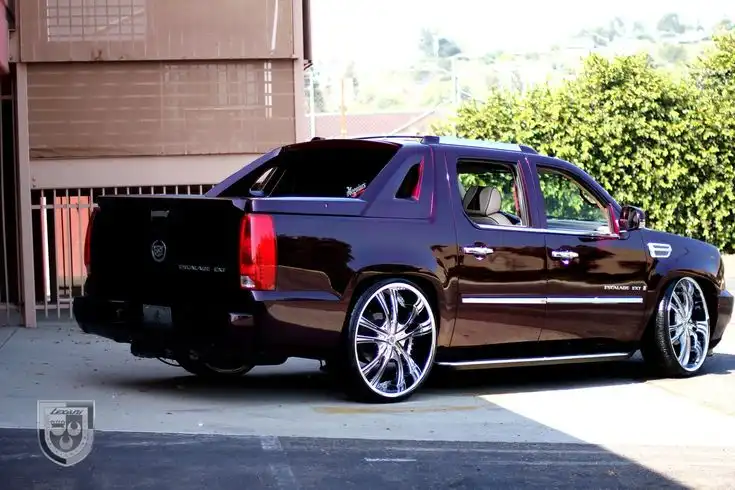
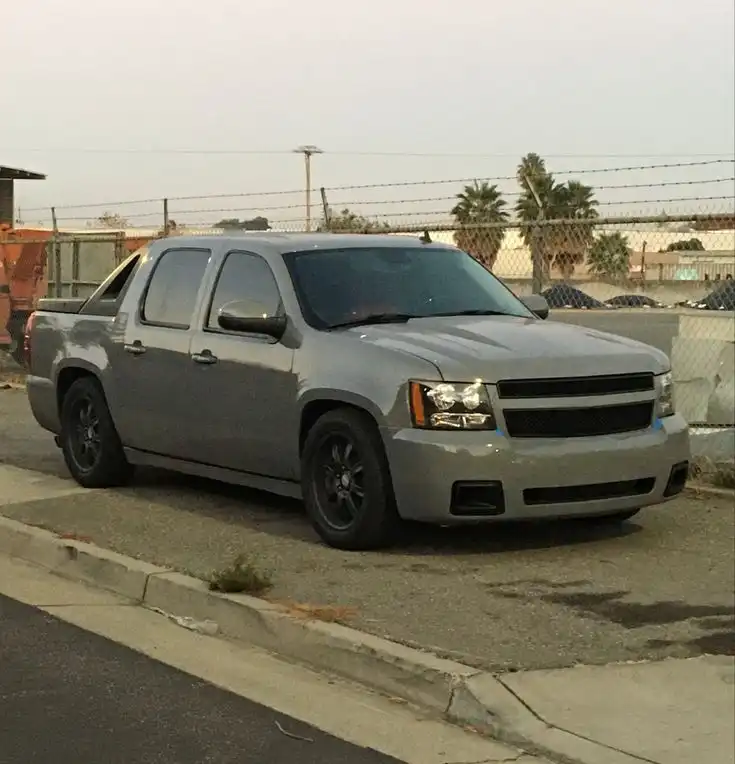
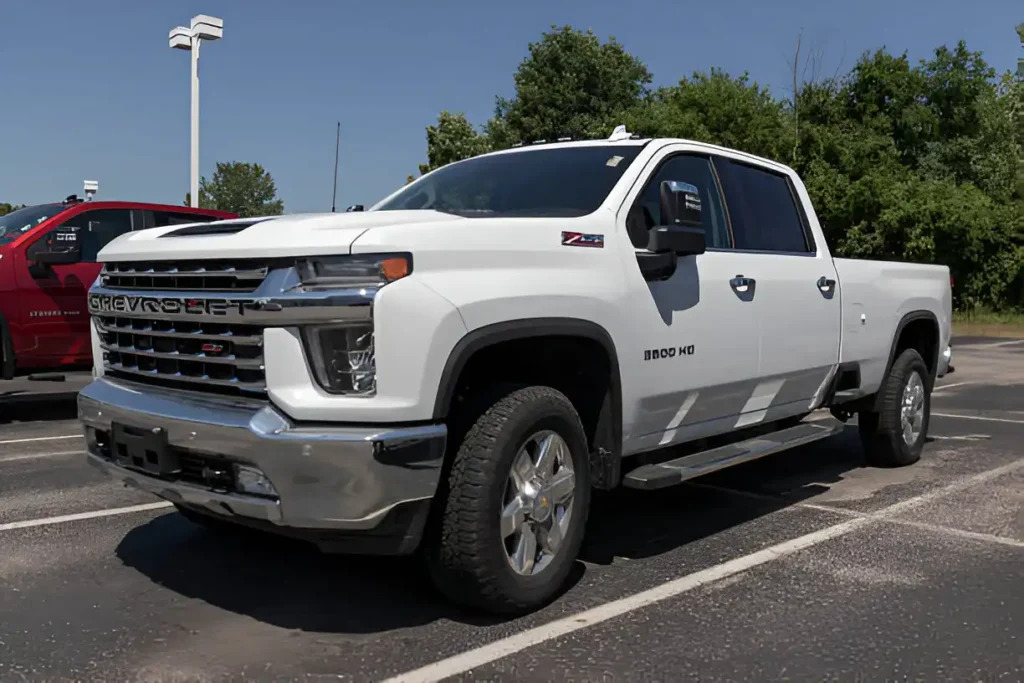
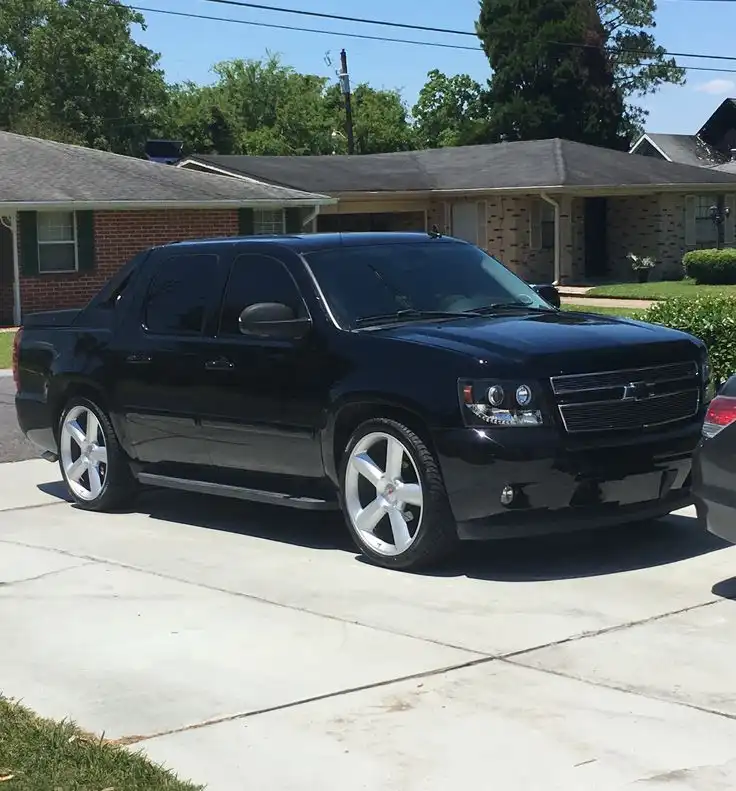
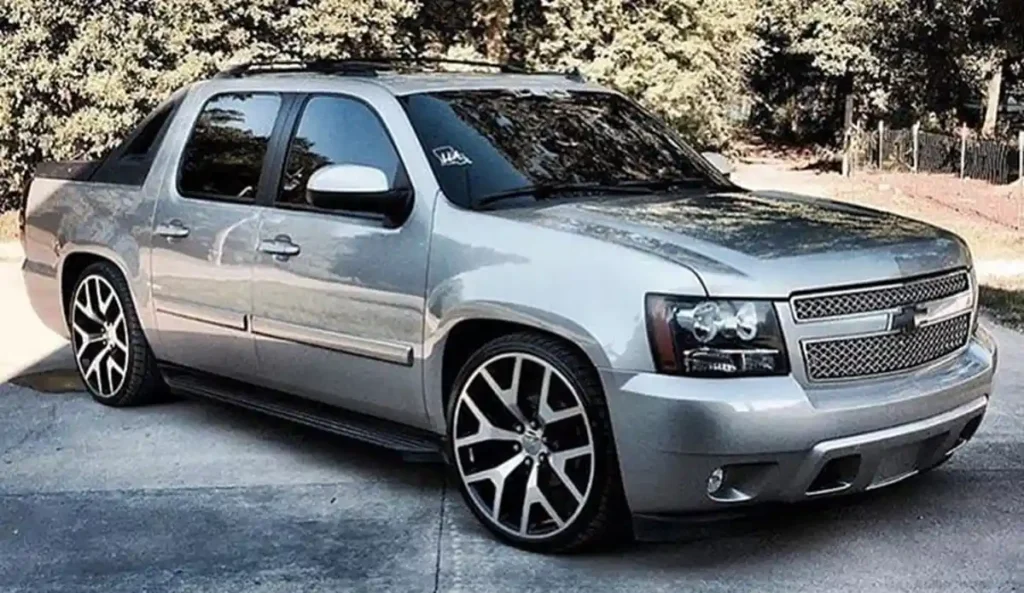
Many Chevy Avalanche owners have successfully lowered their vehicles, resulting in improved aesthetics and performance. These modifications often lead to increased interest and value in the vehicle.
Maintenance Tips for a Lowered Chevy Avalanche
To keep your lowered Chevy Avalanche in top condition, follow these maintenance tips:
- Regular Checks: Inspect suspension components regularly for wear and tear.
- Alignment: Ensure the wheels are properly aligned to avoid uneven tire wear.
- Cleaning and Polishing: Keep the suspension components clean and free of debris.
Conclusion
Lowering your Chevy Avalanche can significantly enhance its appearance and performance. By understanding the process, choosing the right components, and addressing potential challenges, you can achieve a lowered Chevy Avalanche that turns heads and performs beautifully. Whether for aesthetics, performance, or personal satisfaction, a lowered Chevy Avalanche is a worthy investment for any truck enthusiast. So, gear up and start your lowering project today to enjoy a ride that’s both stylish and functional!
Frequently Asked Questions (FAQs)
Will lowering my Chevy Avalanche affect ride comfort?
Lowering can result in a stiffer ride, but using quality components can help maintain comfort.
Is it legal to lower my Chevy Avalanche?
Check local regulations, as some areas may have restrictions on vehicle modifications.
How much can I lower my Chevy Avalanche?
The amount varies based on the kit used, but most lowering kits provide a drop of 1-3 inches.
Do I need special tools for the installation?
Basic automotive tools are required, but specific tools may be needed depending on the lowering kit used.

